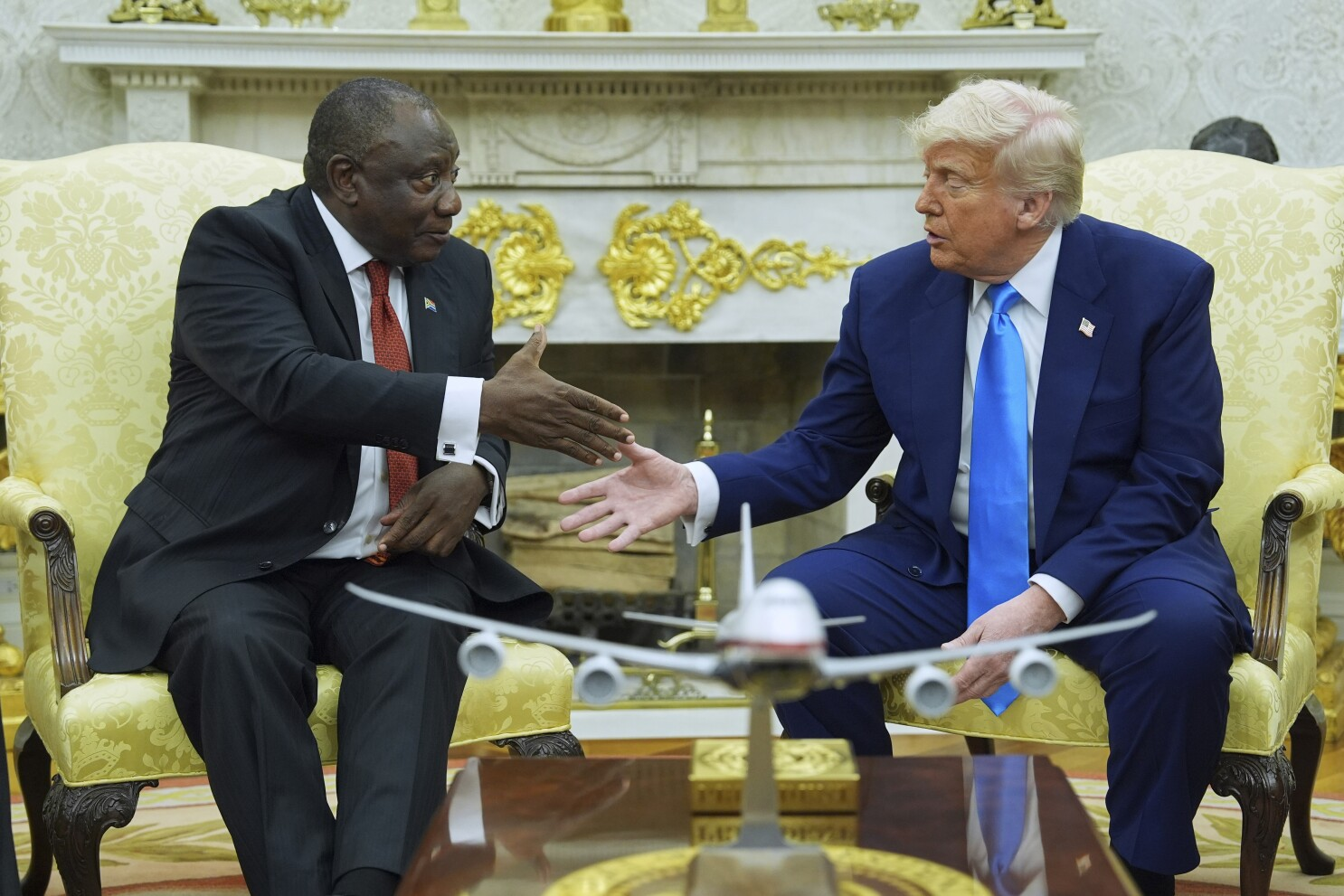NASA Spacecraft sends signal to Earth from Pluto

NASA’s New Horizons spacecraft got humanity’s first up-close look at Pluto on Tuesday, sending word of its triumph across 3 billion miles to scientists waiting breathlessly back home.
Confirmation of mission success came 13 hours after the actual flyby and, after a day of both jubilation and tension, allowed the New Horizons team to finally celebrate in full force.
The signal came through a giant dish in Madrid, Spain – part of a Nasa network of communications antennas.
The message took four hours 25 minutes to traverse 4.7 billion km of space.
“This is a tremendous moment in human history,” John Grunsfeld, NASA’s science mission chief, said at a news conference.
Principal scientist Alan Stern asked the entire New Horizons team in the audience to stand: “We did it! Take a bow!”
The unprecedented encounter was the last stop on NASA’s grand tour of our solar system’s planets over the past half-century. New Horizons’ journey began 9 1/2 years ago, back when Pluto was still considered a full-fledged planet.
Tuesday morning, a cheering, flag-waving celebration swept over the mission operations center in Maryland at the time of closest approach. But until New Horizons phoned home Tuesday night, there was no guarantee the spacecraft had buzzed the small, icy, faraway — but no longer unknown — world.
NASA said the spacecraft the size of a baby grand piano flew by within 7,700 miles of Pluto at 31,000 mph. It was programmed to then go past the dwarf planet and begin studying its far side.
To commemorate the moment of closest approach, scientists released the best picture yet of Pluto, taken on the eve of the flyby.
Even better images will start “raining” down on Earth beginning Wednesday, promised principal scientist Alan Stern. But he had cautioned everyone to “stay tuned” until New Horizons contacted home.
It takes 4 1/2 hours for signals to travel one-way between New Horizons and Earth. The message went out late in the afternoon during a brief break in the spacecraft’s data-gathering frenzy. The New Horizons team kept up a confirmation countdown, noting via Twitter when the signal should have passed the halfway point, then Jupiter’s orbit.






